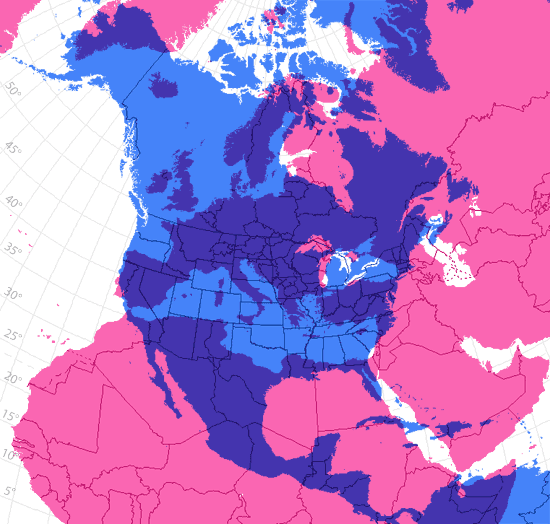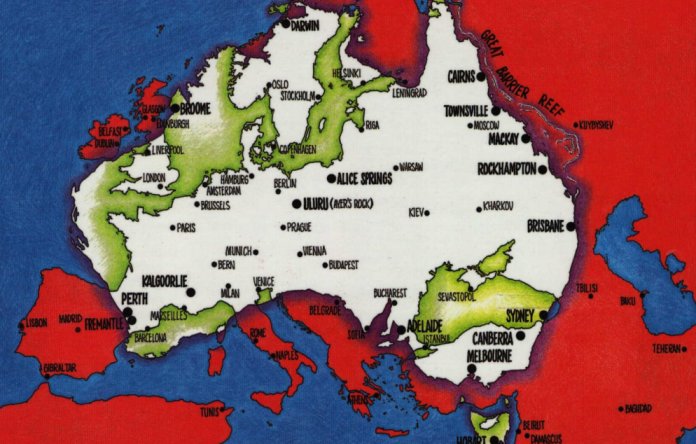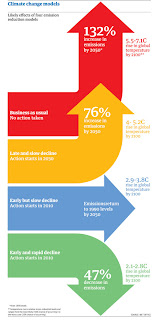The renewable-energy business - "Shining a light"
The Economist 11 Dec 2010.
THE future, according to MiaSolé, a Californian start-up, is unrolling at one centimetre a second in a bland-looking building in Silicon Valley. Despite the location, and the fact that most other solar cells are made from silicon, MiaSolé's cells are not. Ribbons of steel a metre wide and half a hair's width thick spool through vacuum chambers in which they are sputtered with copper, indium, gallium and selenium—collectively known as CIGS. Out of the end comes a new type of solar cell which promises to be both efficient and cheap.
MiaSolé's current cells turn 10.5% of the light that hits them into electricity. A tweaked version that manages 13% should go into production early next year. Further tweaks have produced cells with an efficiency of 15.7%. This is as good as the best silicon cells and much better than those of First Solar, an American company which uses another cheap technology and is the biggest maker of solar cells in the world. MiaSolé says its manufacturing costs work out at less than $1 per watt of generating capacity. This is better than all silicon-cell-makers and far less than the $3 per watt of Solyndra, a rival CIGS firm that won a large loan guarantee from the American government to build a big factory.
All to the good: the rationale for the industry's generous subsidies has been that as volumes increase and manufacturers get more experienced, costs will decline. For much of the 2000s, with a shortage of pure silicon and lavish support from European governments, the price of solar panels failed to fall as expected. But since January 2009, according to pvXchange, an online marketplace, the wholesale price of solar modules in Europe has dropped by 43%. This is bad news for high-cost producers. And cheap, efficient thin-film cells like MiaSolé's will make life harder still. So will a slackening in the growth of demand for solar panels: this year it doubled but demand is likely to grow by just 10% or so in each of the next two years.
However, electricity consumers' anger at their big bills is now forcing Germany to cut its subsidies. By January they will be a quarter lower than in early 2010. Politicians elsewhere have watched and learned. On December 2nd France's prime minister, François Fillon, suspended all non-household applications for his country's feed-in tariff scheme. In Italy, Europe's second-biggest market, fat tariffs will be trimmed in stages next year. Even so, Italy's combination of sunny skies and high retail electricity prices mean that demand for solar power is likely to keep growing.The solar-cell boom has been a mostly European phenomenon. Spain, then Germany, boosted demand by giving generous "feed-in tariffs" (subsidies) to anyone who produced solar power for the grid. Spain's subsidies were slashed after 2008. Germany's generosity has lasted longer. As a result of this, and falling prices for solar cells, demand for solar power doubled to 7,400MW in the past year, reckons GTM Research, a consultancy. Solar power now produces up to a tenth of Germany's electricity on sunny days.
Most of the growth in demand will be elsewhere, however. China will become a big user, as well as maker and exporter, of solar cells. America is likely to build lots of large-scale solar plants. Shayle Kann of GTM Research calculates that the power-purchase agreements signed by America's utilities will expand its solar capacity from 214MW now to 5,400MW by 2014.
American utilities are signing up for renewable energy mainly because their regulators insist on it. But solar's improving economics are making this imposition less onerous. Travis Bradford of the Booth School of Business at the University of Chicago says that taking into account all the costs of construction including its finance, a state-of-the-art solar plant in a sunny state is broadly competitive, over its life, with a new "peaker" gas-fired station. Gas peakers, turned on only when demand is at its highest, are the most expensive fossil-fuel plants. Even so, getting to this level of competitiveness is a big step forward for solar.
The low risk and highly predictable returns of solar installations are also attracting new investors. At the end of November SunPower, which makes particularly efficient solar cells, announced that a subsidiary of NRG Energy, a New Jersey power company, would finance a 250MW Californian project that SunPower had been working on for a few years, a vast deal by the standards of the industry.
This all adds up to a bright future for cheap solar energy. The lowest-cost producers should soon be able to compete without subsidy against high-priced competition and in very sunny places. As solar cells' manufacturing costs keep falling, there will be ever more places where they are as economical as fossil fuels, without any need for green justification.






